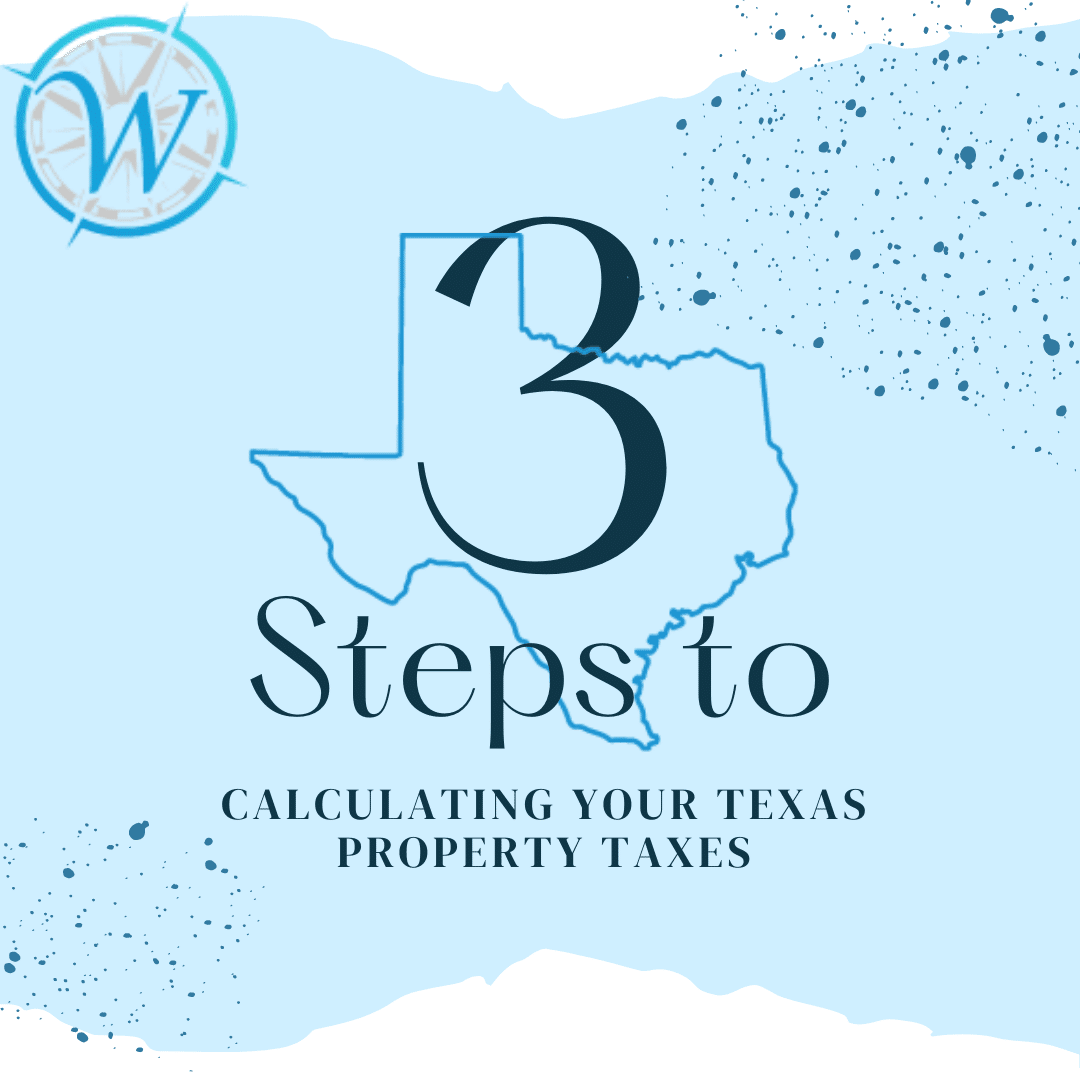Calculating Your Property Taxes in 3 Simple Steps
Step 1: Find your property value. This can be found on your Notice of Value or on the central appraisal district website where your property is located. If you don’t know your property account/parcel number, you can often find it by searching by address or owner name.
Step 2: Determine the tax rates that apply to your property. In many instances, the tax rates can be found where you find your property value. Be sure to locate all applicable tax rates, which may include the Independent School District (ISD), county, city, hospital, community colleges, etc. A good check is to review the previous year’s bill to ensure you have located all the taxing jurisdictions.
Step 3: Multiply the property value by the total tax rate. Texas property taxes are calculated on 100% of the market value of the property. If the total value is $10,000,000 and the total tax rate is 2.5%, then the tax bill would be $10,000,000 x .025 = $250,000.
That wasn’t so hard, was it? The tax system can seem intimidating at first, but a few good tips from an expert will give you a good handle on the terminology and formulas used in your valuation, driving you to ask the right questions and know when you can go it alone and when it’s time to reach out for assistance.
Why Does it Matter?
When you know how to calculate your own estimates, you no longer need to take your tax agent or the taxing jurisdictions at their word. You can verify that your tax bill is correct, and you can calculate the tax savings you are receiving. You will have more peace of mind knowing you are not dependent on someone else’s work.
See How Wayfinder Can Help
